Refine search
Actions for selected content:
23990 results in Ancient history
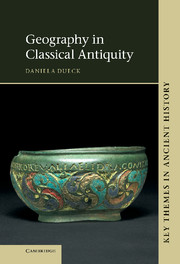
Geography in Classical Antiquity
-
- Published online:
- 05 June 2012
- Print publication:
- 26 April 2012
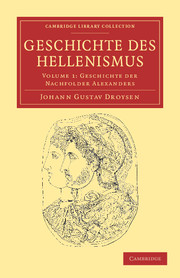
Geschichte des Hellenismus
-
- Published online:
- 05 June 2012
- Print publication:
- 08 December 2011
- First published in:
- 1836

Roman Law in Context
-
- Published online:
- 05 June 2012
- Print publication:
- 28 September 1999
-
- Book
- Export citation
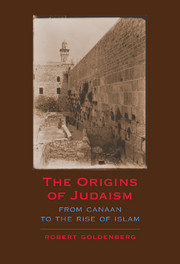
The Origins of Judaism
- From Canaan to the Rise of Islam
-
- Published online:
- 05 June 2012
- Print publication:
- 13 August 2007
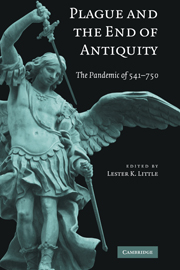
Plague and the End of Antiquity
- The Pandemic of 541–750
-
- Published online:
- 05 June 2012
- Print publication:
- 11 December 2006
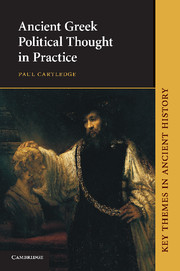
Ancient Greek Political Thought in Practice
-
- Published online:
- 05 June 2012
- Print publication:
- 28 May 2009
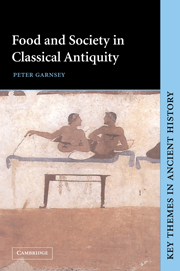
Food and Society in Classical Antiquity
-
- Published online:
- 05 June 2012
- Print publication:
- 22 April 1999
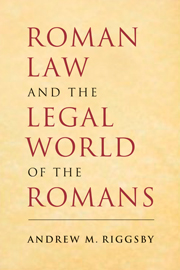
Roman Law and the Legal World of the Romans
-
- Published online:
- 05 June 2012
- Print publication:
- 07 June 2010
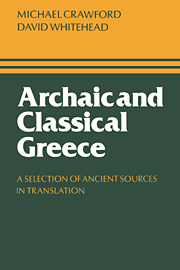
Archaic and Classical Greece
- A Selection of Ancient Sources in Translation
-
- Published online:
- 05 June 2012
- Print publication:
- 13 January 1983
-
- Textbook
- Export citation

The Roman Revolution of Constantine
-
- Published online:
- 05 June 2012
- Print publication:
- 03 September 2007

The Hellenistic World from Alexander to the Roman Conquest
- A Selection of Ancient Sources in Translation
-
- Published online:
- 05 June 2012
- Print publication:
- 06 July 2006
-
- Textbook
- Export citation
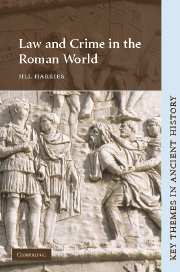
Law and Crime in the Roman World
-
- Published online:
- 05 June 2012
- Print publication:
- 15 November 2007
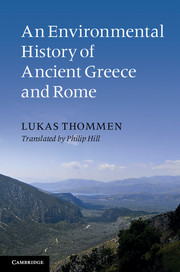
An Environmental History of Ancient Greece and Rome
-
- Published online:
- 05 June 2012
- Print publication:
- 08 March 2012
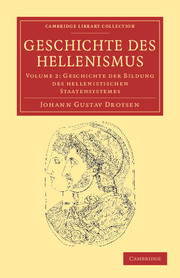
Geschichte des Hellenismus
-
- Published online:
- 05 June 2012
- Print publication:
- 08 December 2011
- First published in:
- 1843
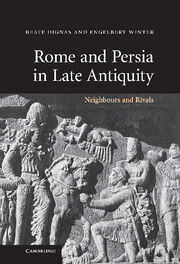
Rome and Persia in Late Antiquity
- Neighbours and Rivals
-
- Published online:
- 05 June 2012
- Print publication:
- 13 September 2007
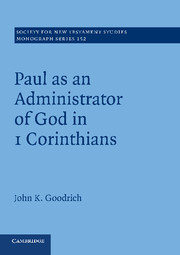
Paul as an Administrator of God in 1 Corinthians
-
- Published online:
- 05 June 2012
- Print publication:
- 10 May 2012
Index of passages
-
- Book:
- Paul as an Administrator of God in 1 Corinthians
- Published online:
- 05 June 2012
- Print publication:
- 10 May 2012, pp 233-243
-
- Chapter
- Export citation
Acknowledgments
-
- Book:
- Paul as an Administrator of God in 1 Corinthians
- Published online:
- 05 June 2012
- Print publication:
- 10 May 2012, pp viii-ix
-
- Chapter
- Export citation
Abbreviations
-
- Book:
- Paul as an Administrator of God in 1 Corinthians
- Published online:
- 05 June 2012
- Print publication:
- 10 May 2012, pp x-xiv
-
- Chapter
- Export citation
Copyright page
-
- Book:
- Paul as an Administrator of God in 1 Corinthians
- Published online:
- 05 June 2012
- Print publication:
- 10 May 2012, pp vi-vi
-
- Chapter
- Export citation
